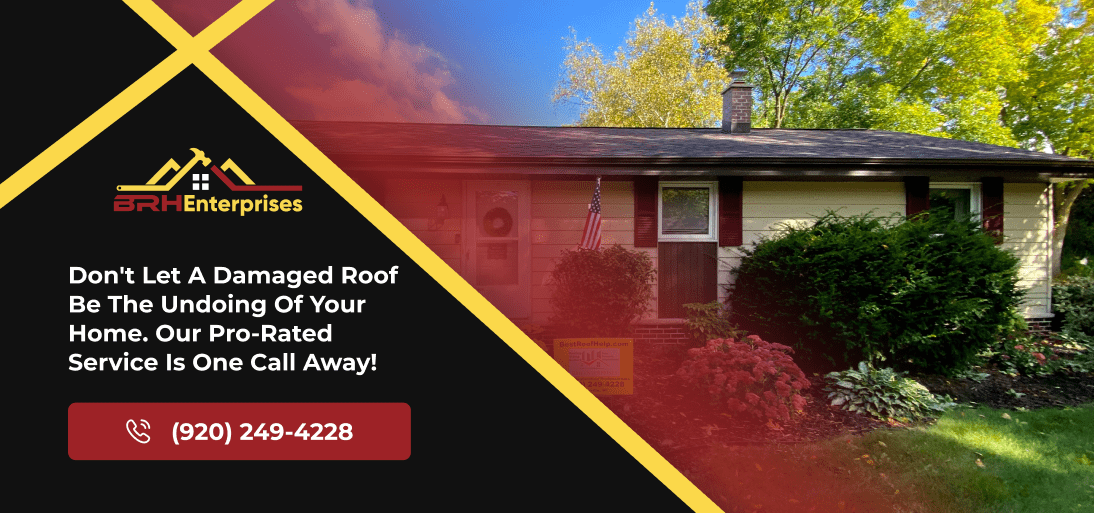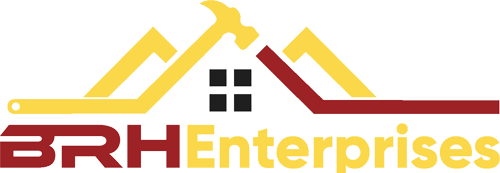9 Common Roof Problems in Wisconsin: Is Your Roof at Risk?
Estimated Reading Time : 4 Min.
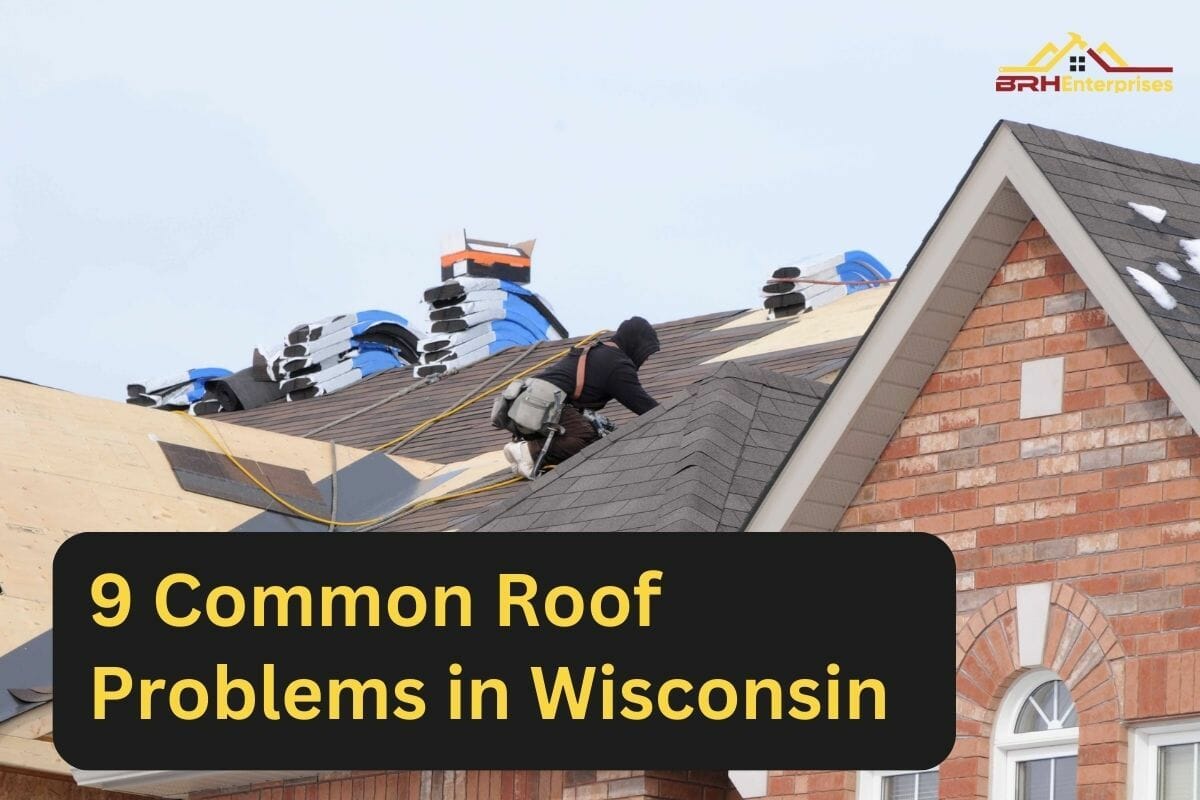
Roof problems can be a nightmare if left undetected and unresolved. We know in Wisconsin, the weather can be unpredictable, so you need to be aware of the common issues that can affect your roof before storms make them worse.
Even if your roof appears fine, even the smallest of problems could be causing major damage. And by the time they are detected, your roof may have structural issues, mold growth, or water damage. This blog post will guide you through the nine most common roofing problems in Wisconsin, helping you identify potential hazards and take appropriate action.
How to Spot Roofing Problems
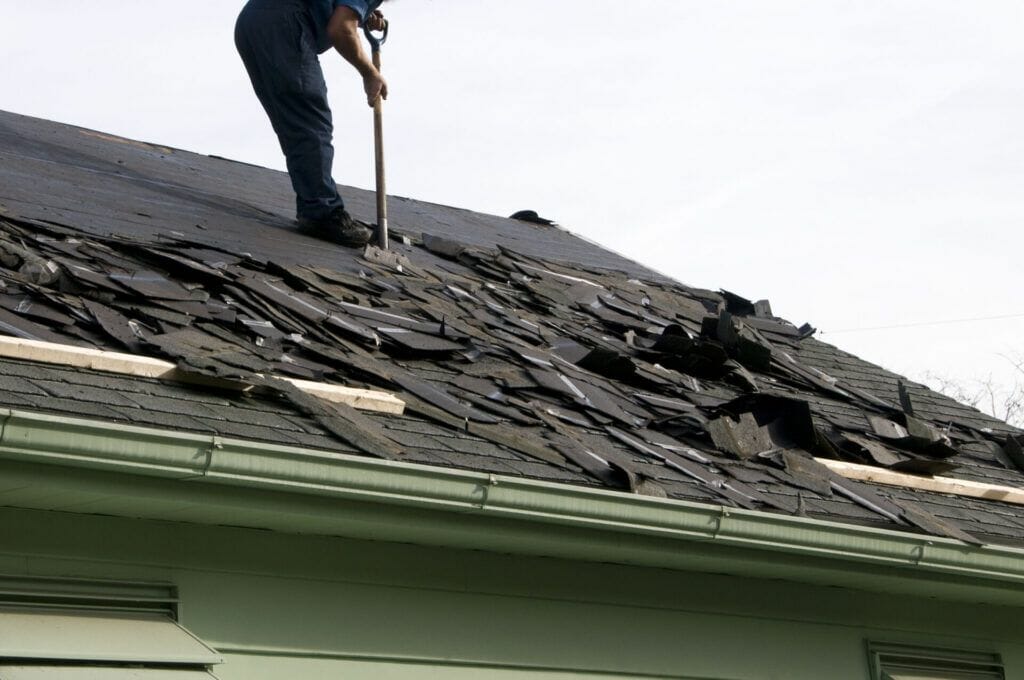
To prevent roofing problems from haunting you, it’s essential to inspect your roof regularly. By paying attention to the following areas, you can identify potential issues and take prompt action to mitigate them.
#1 Deterioration
Roofing materials are exposed to various elements that can cause accelerated deterioration. Direct sunlight, rain, and pollutants can all take a toll on your roof and over time this can lead to weakened materials, leaks, and structural damage. Regularly inspect your roof for signs of deterioration, such as cracked or missing shingles, rusted metal, or rotting wood.
#2 Uneven Surface
Flat or low-sloped roofs are particularly vulnerable to the effects of an uneven surface. If your roof has an uneven surface, water and sediment can accumulate, accelerating the deterioration of your roofing material. It is crucial to address this issue promptly to prevent further damage. Contact a reputable roofing company to fix an uneven roof surface.
#3 Problems With Design
Designing a roof requires careful consideration and expertise. Poorly designed roofs can lead to a range of issues that are expensive to correct once construction has started. It’s essential to address design-related problems before the construction is completed to avoid future roofing problems.
#4 Wind Storms
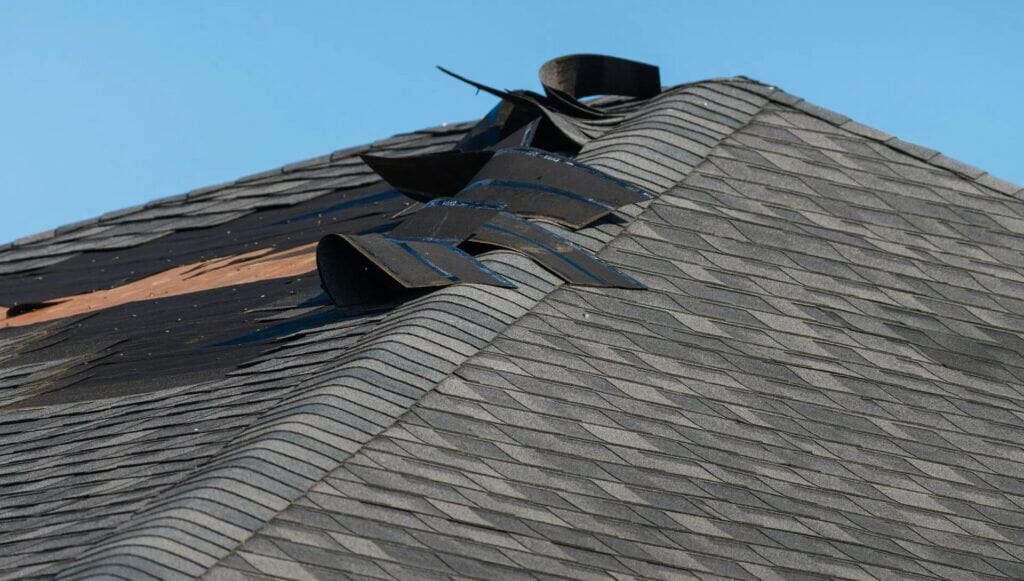
Wisconsin experiences wind storms that can wreak havoc on roofs. The high winds can cause damage to the roof’s surface and compromise insulation. To protect your roof during storms, consider using hurricane clips designed for metal roofs. This durable hardware helps secure loose parts like flashing, reducing the risk of expensive repairs later on.
#5 Flashing Issues
Flashing is a vital component of any roofing system as it provides a watertight seal between different parts of the roof. Damaged or improperly installed flashing can lead to water penetration and severe structural damage. If you notice any issues with flashing on your construction site, consult with the experts at BRH Enterprises. Their experienced team can provide installation recommendations to prevent irreversible harm.
#6 Installation of Equipment
Many homeowners opt to mount equipment like HVAC equipment on their roofs to save space. However, it’s crucial to ensure that this equipment is not placed directly on top of the roofing membrane. Improper placement can result in leaks and damage to the equipment. Instead, consider installing supports or raised curb-type supports to maintain a gap between the equipment and the roofing material.
#7 Insufficient Number of Scuppers
Proper drainage is vital for any building, including your roof. Installing an adequate number of drain openings is essential to prevent water accumulation. However, it’s equally important to ensure that the high points of the roof have a reasonable pitch to facilitate efficient drainage. Additionally, having sufficient overflow scuppers in different areas can prevent the accumulation of excess water during emergencies. Homeowners should prioritize proper maintenance of these drainage components to avoid flooding and related issues.
#8 Pest Infestation

Roofs in Wisconsin can also be susceptible to pest infestations, particularly by rodents such as mice and squirrels. These pests can gain access to your home through small openings or gaps in the roof, causing damage to insulation, wiring, and other components. They can also create nests and leave droppings, posing health risks to occupants.
Regular roof inspections and maintenance can help identify and address potential entry points for pests. It is important to seal any gaps or cracks and ensure proper attic ventilation to deter pests. If you suspect a pest infestation, it is recommended to seek professional assistance to safely and effectively remove the pests and address any damage they may have caused.
#9 Ice Dams
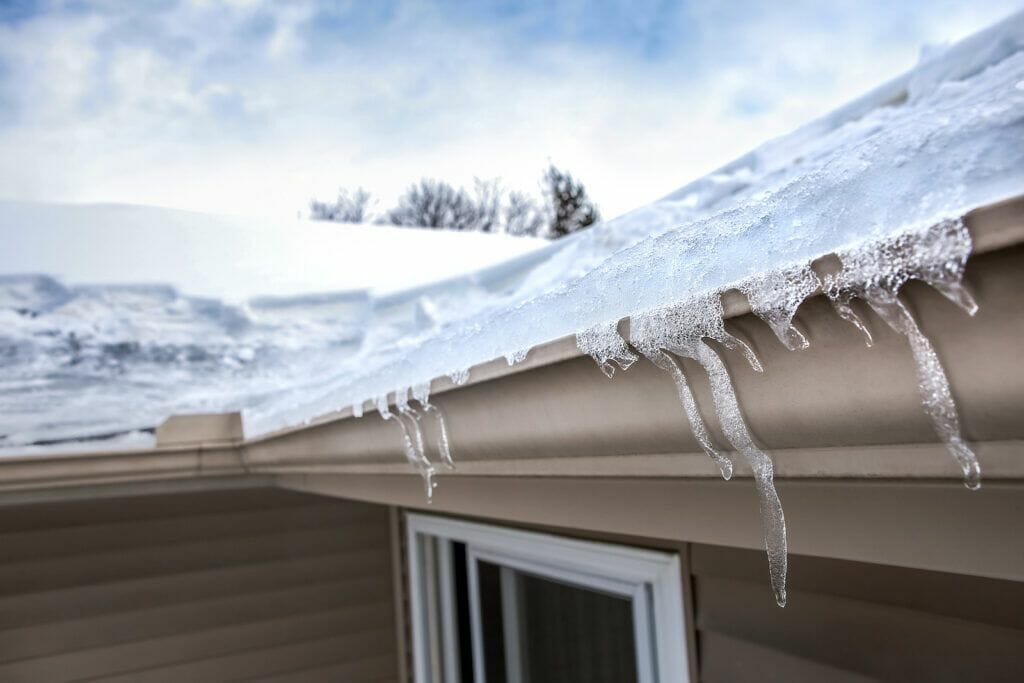
During the winter months, Wisconsin experiences freezing temperatures and heavy snowfall. This can lead to the formation of ice dams on roofs. Ice dams occur when snow on the roof melts from the ridge and refreezes along the edge of the roof, creating a barrier that prevents proper drainage. As a result, water can back up under the shingles, causing leaks and potential damage to the roof structure and interior of the home.
To prevent ice dams, it is important to ensure proper attic insulation and ventilation. Adequate insulation and ventilation work to keep the roof at an even temperature, preventing snow from melting on the roof unevenly and reducing the likelihood of ice dam formation. Additionally, removing excess snow from the roof can help prevent the formation of ice dams.
Final Thoughts
Taking proactive measures to identify and address roof problems can save you from significant expenses and headaches in the long run. By understanding common roof problems in Wisconsin and being vigilant in inspecting your roof, you can ensure the integrity of your home’s exterior. Remember to consult with reputable roofing professionals like BRH Enterprises for expert advice and solutions. Don’t wait until it’s too late—protect your roof and secure your home from potential hazards. Call us today at (920) 249-4228.
